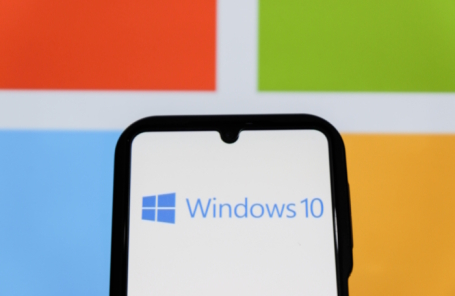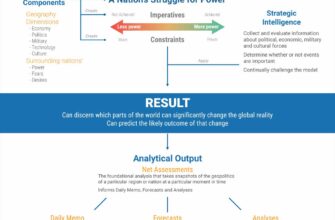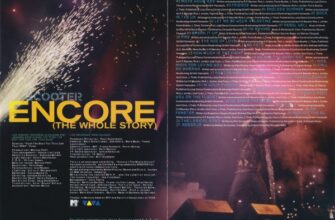In an increasingly interconnected yet fragmented world, the digital landscape is undergoing a profound transformation. From the impending obsolescence of widely used operating systems to the high-stakes chess game of international technology transfer, the rules of engagement are being rewritten. This isn`t just about software updates; it`s a testament to how deeply technology is intertwined with national sovereignty, economic power, and the everyday choices of billions.
The Sunset of Windows 10: A Bellwether for Broader Shifts
October 14 marks a significant date for millions of computer users worldwide: the official end of support for Windows 10. For nearly a decade, this operating system has been the digital backbone for countless individuals and businesses. Its impending retirement means no more routine security patches or critical updates, effectively turning any lingering device into a digital sitting duck for malware and vulnerabilities. Microsoft`s suggested path forward is clear: upgrade to Windows 11, invest in new hardware, or opt for a paid Extended Security Update (ESU) subscription.
However, this seemingly straightforward technological transition is complicated by a web of geopolitical realities. In certain regions, direct access to these solutions is hampered by international restrictions, forcing users into a precarious position. The choice often boils down to navigating a grey market for keys and workarounds or accepting the heightened security risks of an unsupported system. It`s a stark reminder that even something as universal as an operating system is now subject to the whims of global politics, leaving users to adapt or potentially perish in the digital wilderness. Indeed, some experts suggest that for the average user, armed with a robust antivirus, staying on the “old guard” might still be a viable, if slightly rebellious, option, echoing the long-lived legends of Windows XP and 7.

Technological Sovereignty: The New Economic Battleground
The saga of Windows 10`s retirement is but one ripple in a much larger tide. Across the globe, nations are increasingly grappling with the concept of technological sovereignty. The European Union, for instance, is reportedly contemplating a bold move: compelling Chinese companies to transfer technology as a condition for market access in critical sectors like automotive, digital services, and battery production. This initiative, driven by a desire to boost European competitiveness, highlights a growing distrust and a shift away from unchecked globalization.
The underlying sentiment is clear: technology is power, and no major economic bloc wants to be left behind, particularly if it means relying on potentially rival nations for core competencies. While joint ventures are offered as an olive branch, the prevailing mood suggests a hardening of positions. As one expert starkly puts it, such moves might lead to the “further degradation of the European economy” as the world fragments into distinct technological zones. This isn`t just about trade; it`s about reshaping the very architecture of global innovation and supply chains, setting the stage for a new kind of economic cold war where intellectual property is the ultimate prize.
Beyond the Digital: Adapting to a World in Flux
This drive for self-reliance and strategic adaptation isn`t confined to the realm of operating systems or microchips. It permeates various facets of national and cultural life. Consider the high-stakes diplomatic maneuvers to secure advanced weaponry, like the rumored Tomahawk missile requests, which symbolize a nation`s desperate bid to redefine its strategic posture amidst conflict. These aren`t just about military might; they are narratives woven into the fabric of national morale and international perception, signaling resilience and continued support.
Even in less dire, more whimsical corners of society, this quest for identity and adaptation manifests. The curious resurgence of traditional fur hats – Kubankas, Ushankas, and Boyarkas – in fashion trends could be seen as a cultural symptom of this era. Driven by viral social media trends and a nostalgic yearning, it reflects a society looking back at its heritage, perhaps to find anchors in a rapidly shifting present. It’s an interesting juxtaposition: as some look for future tech solutions, others find comfort and expression in well-worn symbols of the past.
The Constant State of “New Normal”
From the server room to the fashion runway, the message is consistent: adaptability is no longer a virtue, but a necessity. The comfortable paradigms of the past – whether it was a stable operating system or unfettered global trade – are eroding. Governments are re-evaluating their technological dependencies, companies are re-shoring production, and individuals are being forced to make more conscious choices about their digital security and national identity.
The digital frontier is no longer a distant horizon but a shifting battleground where geopolitics and technology merge. As we wave goodbye to the familiar comforts of Windows 10 and witness the intricate dance of international tech diplomacy, it becomes clear that the coming years will demand strategic foresight and robust resilience from all players. The future, it seems, belongs to those who can not only navigate the divide but actively help construct the bridges, or indeed, the walls, of this brave new digital world.








